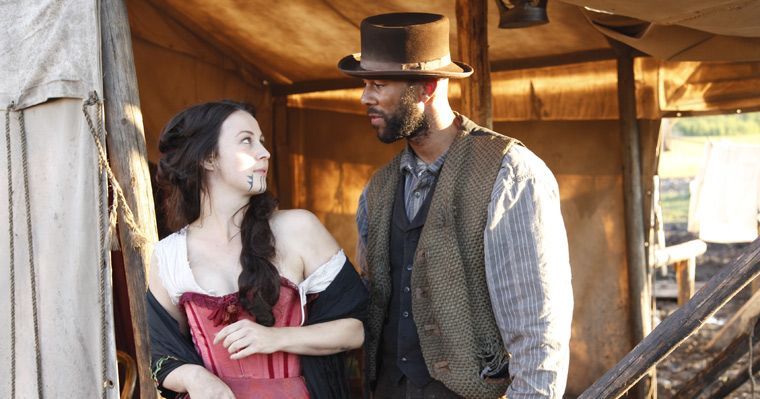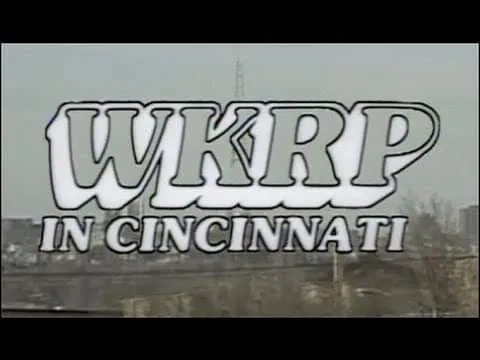Hell on Wheels – A Gritty Neo-Western Chronicling America’s Railroad Age
Hell on Wheels is a powerful Western drama series that aired from 2011 to 2016, set in post-Civil War America during the construction of the first transcontinental railroad. The story follows Cullen Bohannon, a former Confederate soldier turned railroad foreman, who initially sets out on a path of vengeance after Union soldiers murder his wife. What begins as a revenge journey slowly evolves into a profound exploration of personal redemption, frontier survival, and the forging of a new nation.
The series opens with Cullen arriving at the mobile encampment known as Hell on Wheels—a lawless, violent town that moves with the progress of the railroad. It’s a place where immigrants, freedmen, Native Americans, prostitutes, and tycoons collide. Through Cullen’s eyes, viewers witness not just the building of a railway but the reshaping of the American identity.

Anson Mount delivers a career-defining performance as Cullen Bohannon, balancing the grit of a gunslinger with the introspection of a broken man. His transformation across the five seasons—from bitter loner to conflicted leader—is one of the show's most compelling arcs. Opposite him, Colm Meaney brings complexity to Thomas Durant, a historical figure and ruthless railroad magnate whose ambitions often clash with morality. The supporting cast, including Common as freedman Elam Ferguson and Robin McLeavy as the widowed Lily Bell, enriches the story with their own layered, evolving narratives.
Hell on Wheels does more than romanticize the Old West. It delves deep into the racial and cultural tensions of the Reconstruction era. It addresses the struggles of emancipated slaves trying to define freedom, the displacement of Native Americans, the hardships of Chinese laborers, and the cynicism of political and corporate America. The show doesn’t shy away from the brutal realities of the time—it embraces them, often unflinchingly, to portray a more honest vision of Western expansion.

Visually, the series is striking. Sweeping vistas of rugged landscapes, dusty towns, and iron tracks stretch into the horizon. The cinematography complements the tone—gritty, raw, and poetic. The score blends traditional Western cues with haunting, modern undertones, capturing the tension between progress and loss.
The show evolves across its five seasons. Early on, the plot is driven by Cullen’s thirst for vengeance. Later, it shifts toward themes of loyalty, leadership, and the high cost of ambition. Each season builds on the last, culminating in the completion of the transcontinental railroad. The finale offers both closure and reflection, honoring the characters’ journeys without glossing over the historical complexities they represent.
While the series saw some tonal and pacing fluctuations—particularly during its middle seasons—it consistently delivered strong performances and powerful storytelling. Its legacy endures as one of AMC’s standout dramas, praised for blending action and atmosphere with moral ambiguity and historical weight.
Hell on Wheels stands as a compelling portrait of a transformative era. It’s a story about rebuilding—not just railroads, but broken lives and a fractured nation. For fans of serious Westerns and character-driven drama, it remains a hidden gem well worth the journey.


